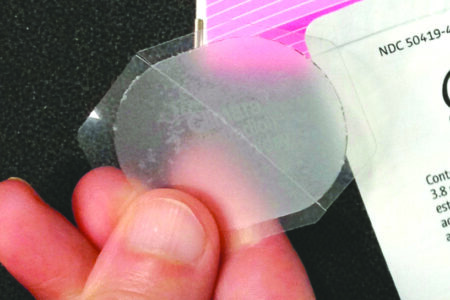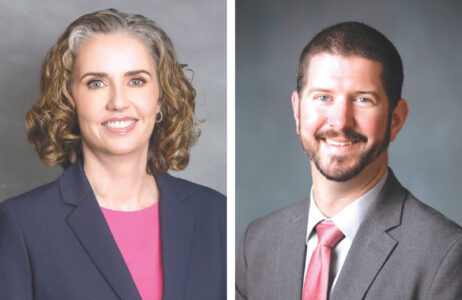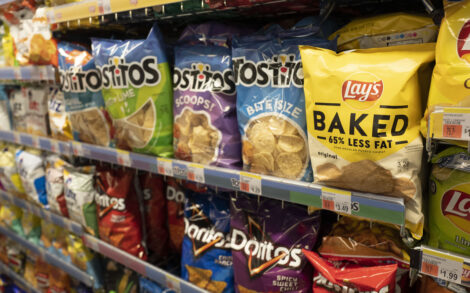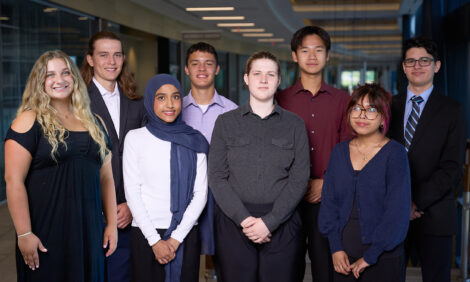Measles spreads in Kansas from rural counties to first case in Wichita area; vaccination again urged

photo by: Mary Conlon/AP
Vials for the measles, mumps and rubella vaccine are displayed at a clinic in Lubbock, Texas, on Feb. 26, 2025.
TOPEKA — The Wichita area reported its first case of measles on Wednesday, an announcement that moves this highly contagious disease out of rural southwest Kansas counties and into a major metropolitan area.
Kansas is now reporting 48 cases of measles, up from 46 last week, according to the Kansas Department of Health and Environment dashboard. However, that dashboard did not include the Sedgwick County case, which was reported online by the county’s health department.
In a notice posted on the Sedgwick County Health Department website, the agency said a case of measles was confirmed in an unvaccinated child between the ages of 5 and 10 years old. The last measles case in the county was in 2017.
“We are working swiftly to identify the source of exposure and notify anyone who may have been exposed,” the notice said.
Dana Hawkinson, medical director of infection prevention and control at the University of Kansas Health System, urged people not to panic if measles cases occur near them.
“It is important to understand that currently our herd immunity for stopping the transmission of the disease is suboptimal,” he said. “It is due to an overall decrease in vaccination rates around our country and locally. However, it is important to remember measles is a disease of the unvaccinated.”
It is likely, given recent history, that there will be more cases in rural and urban communities, Hawkinson said.
“This will then increase the probability that we will see more hospitalizations and possibly even deaths,” he said.
Of the 48 cases reported by KDHE, 40 individuals weren’t vaccinated and one wasn’t age appropriately vaccinated. In three cases, the vaccination status couldn’t be verified, and four individuals were age appropriately vaccinated.
To achieve herd immunity, 95% of people need to be vaccinated, according to the World Health Organization. Kansas tracks vaccination rates through county-level kindergarten surveys.
In Sedgwick County, the kindergarten vaccination rate for the measles, mumps and rubella vaccine was 94% in in the 2022-23 academic school year and dropped to 91% the next year. The county’s overall vaccination rate, showing vaccines required for kindergarten, was 86% in the 2023-24 school year.
One in five people with measles has a high risk of hospitalization, 1 in 20 will get pneumonia by either the measles virus itself or secondary bacterial pneumonia, and one in 1,000 patients with measles will die, Hawkinson said. Lifelong health impacts are also possible.
“We need to remember that infectious diseases do not adhere to boundaries nor specific demographics,” he said. “Measles is the same. The demographic which it tends to adhere to is the unvaccinated demographic.”
Hawkinson encouraged anyone who can get vaccinated to do so because measles is not a benign disease and there is no treatment.
“There is prevention, and that prevention is a time-tested vaccine which has shown to be safe and effective against measles and its complications,” he said. “We have decades of abundant, very high-level data and evidence to support the extreme safety and effectiveness of the vaccine to protect against measles and its complications for the individual, and also to keep the community safe as a whole.”






